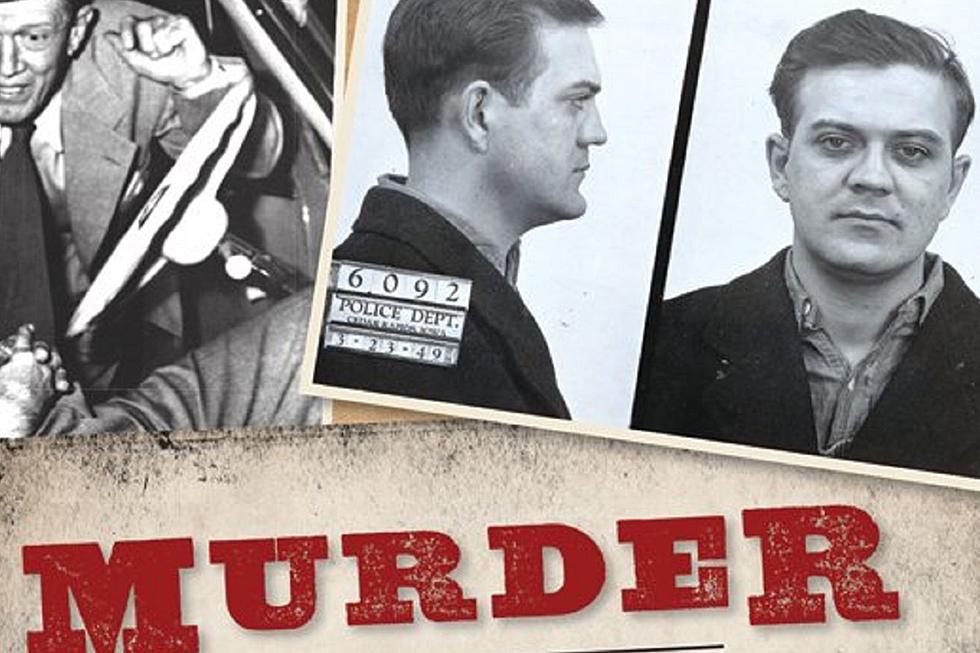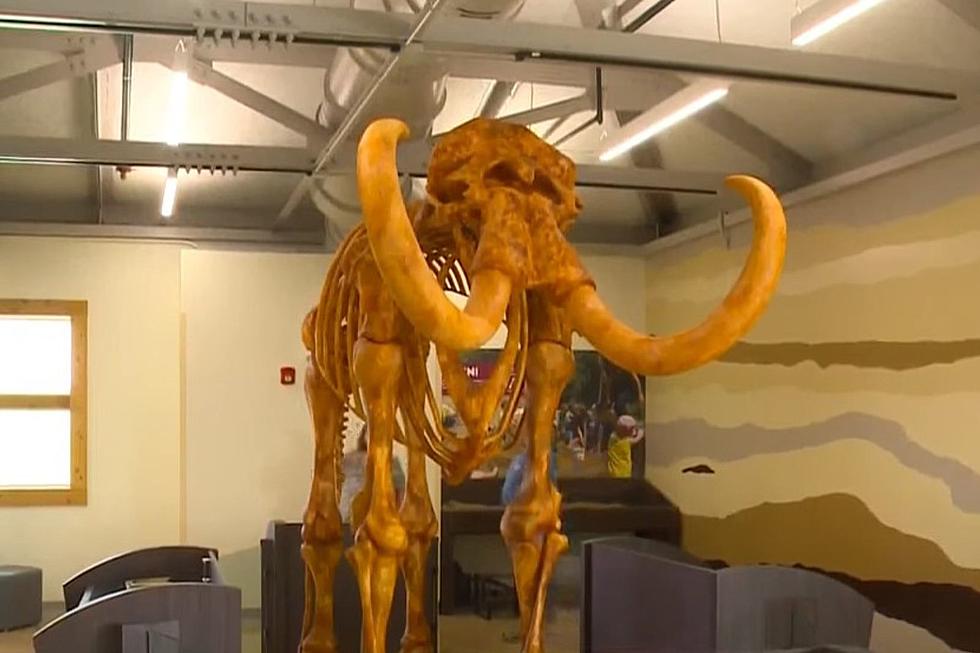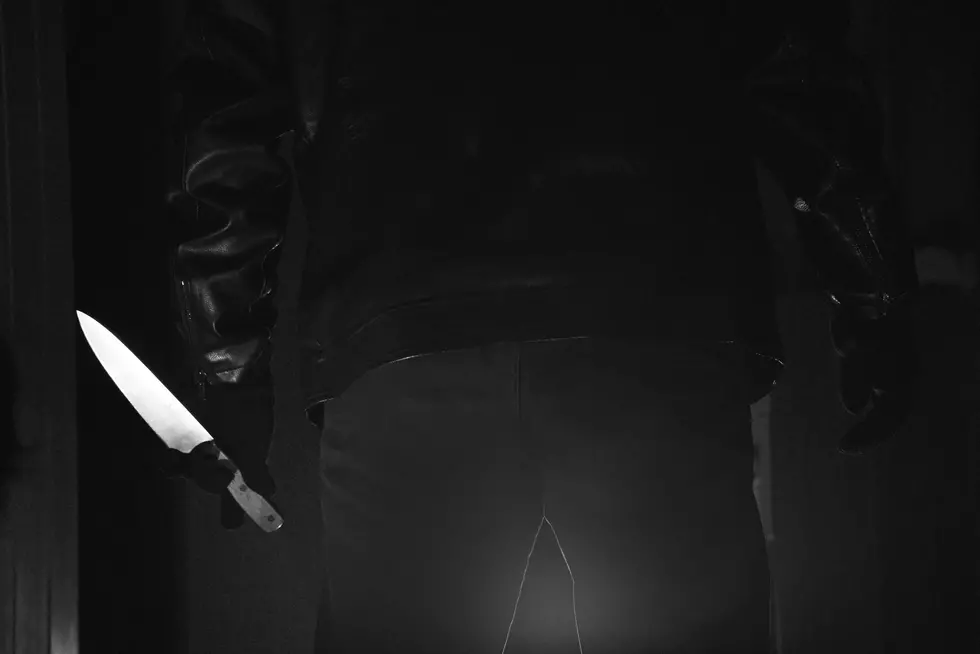
The ONLY Buddhist Monastery in Iowa
The Buddhist religion makes up less than one percent of Iowa's population, according to pewforum.org. Christianity remains the predominant religion in the Hawkeye State at 77 percent.
That may explain why our state, of which is made up largely of rural towns and farmland, is home to just ONE Buddhist Monastery over its 55,857 square miles.
Ryumonji Zen Monastery, residing near the city of Decorah, began construction in 2000 and the first building, the temple, was completed in 2004. Over 180 students made their way through its grounds since.
According to iowawatch.org and a story by Silvia Oakland,
The name 'Ryumonji' comes from the three Japanese characters meaning 'dragon gate and temple' and has ties to the Chinese legend of fish overcoming the waves of life to become fearless dragons. A poster detailing the story lines the walls of the monastery dining room, where communal meals and conversations are held.
Buddhism is one of the world’s major religions. It originated in India in 563–483 B.C.E. with Siddhartha Gautama, and over the next millennia it spread across Asia and the rest of the world. Buddhists believe that human life is a cycle of suffering and rebirth, but that if one achieves a state of enlightenment (nirvana), it is possible to escape this cycle forever. Siddhartha Gautama was the first person to reach this state of enlightenment and was, and is still today, known as the Buddha. Buddhists do not believe in any kind of deity or god, although there are supernatural figures who can help or hinder people on the path towards enlightenment.
This particular monastery finds its roots in the mind of Shoken Winecoff, a man who discovered Buddhism after his divorce and decision to reexamine his life in its entirety.
In Minnesota at the time of his decision to erect the Monastery, a decade passed without breaking ground, and Winecoff decided he'd travel to Japan to train under a priest.
Returning to the states determined to find somewhere a plot of land in our great state, he found the 40 acres of land that would ultimately be donated to establish the monastery.
Iowa Watch continues, describing what became of those 40 acres:
The layout of the monastery resembles the traditional layout of those in Japan, including the use of wooden nails to connect and support the beams of the building. Buddha Hall, the place where lectures, services and ceremonies are held, features a traditional altar to the Buddha that has incense and other offerings. Next to the door leading to the Soto building there is a bell to signify when it’s time to enter or leave.
In the Soto building, raised beds also serve as a place of meditation during public sittings and for the monks in training. Another altar remains in the center of the Soto building with a Buddha that watches over the room.
Outside of the Soto building is an entry gate, which symbolizes the transition from one’s life to monastery living. The bell tower that is rung to announce the different times of day neighbors this gate and overlooks the valleys.
The site adds the following, regarding its productivity at what it sent out to accomplish:
Over 15 monks to achieve dharma transmission, meaning their teachers have seen they have the ability to carry on the tradition of zen.
The Best Iowa Concert Venues
Twister House Is In Eldora, IA
More From 104-5 KDAT
![Flying Saucer Seen in the Midwest During the April Eclipse [PHOTO]](http://townsquare.media/site/673/files/2024/04/attachment-Untitled-design.jpg?w=980&q=75)


![Have You Ever Seen This Urban Legend In Iowa? [VIDEO]](http://townsquare.media/site/726/files/2023/09/attachment-Untitled-design-2023-09-20T110005.389.jpg?w=980&q=75)


![A Look Back to When Lions Lived at Brucemore in Cedar Rapids [PHOTOS]](http://townsquare.media/site/675/files/2022/11/attachment-Howard-and-Leo-feature-coat.jpg?w=980&q=75)


